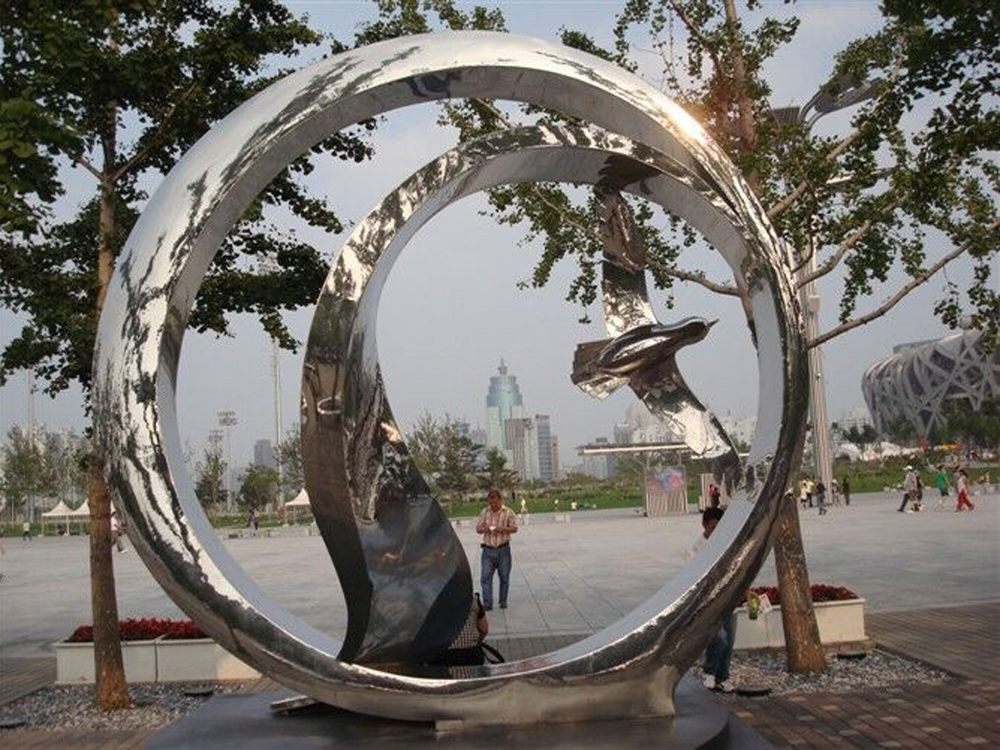
The art of wood carving transforms rigid, unyielding materials into flowing, lifelike forms that appear almost soft to the touch. Master carvers achieve this remarkable illusion through a combination of technical skill, artistic intuition, and an intimate understanding of wood's natural properties.
One key technique involves carefully studying the grain patterns of the wood before carving begins. By working with rather than against the grain, carvers can create smoother surfaces that naturally reflect light in softer ways. The direction of cuts significantly impacts how light interacts with the finished piece, with carefully angled cuts producing gentle shadows that suggest pliability.
Texture plays a crucial role in creating the softness illusion. Carvers use specialized tools like rifflers and micro-gouges to create incredibly fine surface details that mimic organic softness. Through delicate sanding and polishing, they eliminate any harsh edges that might betray the wood's true hardness. Some artists even employ techniques like "bruising" the wood surface to create a slightly compressed effect that appears more yielding.
The magic often lies in the finishing process. Applying multiple thin layers of oil or wax can enhance the wood's natural luster while creating a visual depth that suggests plushness. Carvers may strategically leave certain areas slightly matte while polishing others to a high shine, creating contrast that tricks the eye into perceiving softness.
Perhaps most importantly, these artists master the psychology of perception. By carefully studying how light interacts with soft materials in nature, they replicate these visual cues in wood through precise carving angles, graduated curves, and subtle surface variations that collectively create an irresistible illusion of softness in even the hardest woods.

